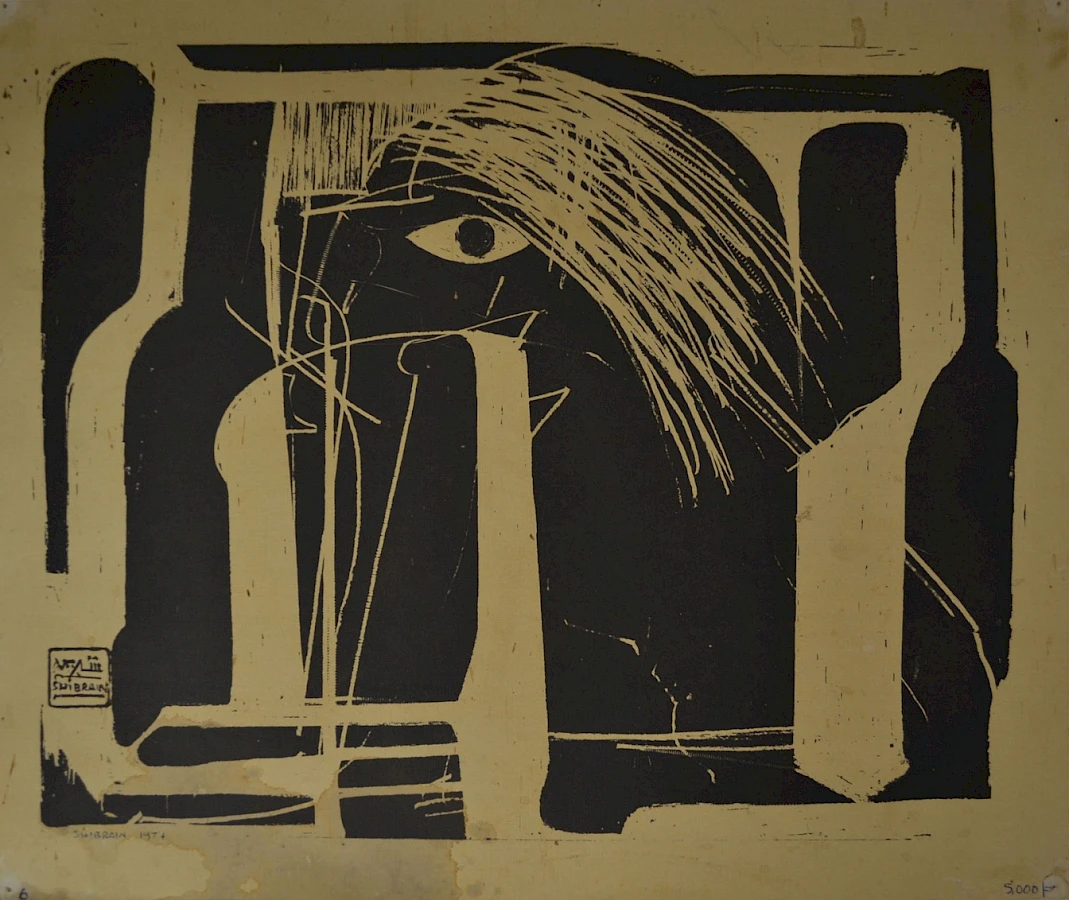
Ahmed Shibrain. Untitled. 1974. Linocut Print. Unknown edition. Collection Weltkulturen Museum
During my research I came across a print I tried to trace and examine closer by following its biography and the net-works it is embedded in and transformed through. By revealing the entanglements and complexities of this work, I consider the word (dis-)play a fitting description. It refers to the prefix dis- with the meanings of negation as well as absence and removal and to the stem play, signifying an active role. Furthermore it points out the act of display, to show and make visible, which originates from the Latin word displicare for to scatter. These notions of meanings are crucial to visual arts in general and can be detected in the paperwork here. The unfolding aesthetical impact of the black and white interplay of contrasts and contours of the vertically structured bold lines besides the outstanding figurative elements are the striking components of this graphic. This composition of the black blocks with its emphasis on the formal intertwinement of thin and bolder parts reminds of the aesthetics of calligraphy. However, different layers of the artwork seem to be dedicated to questions beyond formal aesthetics.1
A stamp and a handwritten signature reveal the authorship and date of creation: "SHIBRAIN 1974". It is the last name of the artist Ahmed Shibrain (1931-2017), known for the abstraction of Arabic calligraphy. The print is part of the former private painting and graphic collection, assembled by Jochen Schneider, including works of the Makerere Art Gallery in Kampala. Today it is institutionalized at Weltkulturen Museum in Frankfurt. It might have been brought to Makerere University's collection of student and staff artworks by one of the Sudanese professors such as Tag el Sir Ahmed. Maybe it was brought there as an exemplary work dealing with the aesthetics of the Khartoum School.2 "There are many of those.", Shibrain confirmed.3 Considering that Makerere was a hub for exchange between students and lecturers from neighbouring countries, this also implies the impact of the dynamics of movement of prints and involved actors.
In respect of the dominant linear ("Western") history, the dis refers here also to the attitudes of ignorance of all the simultaneous practices that evolved and changed in different geographies in the 20th century. Collecting art up to the 1980s was mainly a private activity performed by expatriates without an art background but with an extraordinary interest for modern artworks on the African continent, such as Jochen Schneider. Nevertheless, the African intertwinement, especially within the academic networks was extremely close. Dennis Williams and Ulli Beier were part of these links. Williams, who lectured in Khartoum, mentioned the artists of the school to Beier, who, besides his teaching at Ibadan's University had established museums, workshops, the Black Orpheus magazine as well as the Mbari Clubs, in equal partnership with Nigerian intellectuals such as Chinua Achebe and Wole Soyinka. Later, he also founded Iwalewahaus, a museum and research centre at the University of Bayreuth. The before mentioned connection urged Ulli Beier to visit the university in Khartoum where he encountered the works of its artists – not at a museum or a gallery. Although the art school begun to flourish in Khartoum, local and national exhibition spaces, as well as any other forms of display did not exist to a broader extent. Most of the small number of exhibitions took place at the foreign cultural institutes, and later at spaces initiated by artists such as Shibrain Art Gallery or Rashid Diab Art Centre.
Thus, to reveal another layer of the (dis-)play, only a limited number of mostly privileged people had access to those artworks. Ulli Beier collected artworks by Shibrain and his contemporary Ibrahim El Salahi during his visit in 1961. Easily transportable due to their materiality – the artworks were often created on thin and practical formats of paper – or due to the owner's connections to other expatriates such as diplomats4, those artworks were touring European cities and the United States in the 1970s and 1980s after they had already been shown in Nigeria. These keyworks became the base of the Iwalewahaus collections and certainly informed the reception of modern African art in Europe. After resting in storage rooms, in recent years they became active and visible agents again. As it is the case with the Postwar5 exhibition, through loans, also from Iwalewahaus, they have been brought into play again, now acknowledged and categorized as part of cosmopolitan or global modernisms. Thinking about future displays, can the new generation of contemporary artists overcome the restricting boundaries of the past, and find their spaces to play?
Siegrun Salmanian is Junior Researcher within the project African Art History and the Formation of a Modern Aesthetic and develops her PhD project on modern Sudanese art history. She is also a curator at Iwalewahaus.
Further information: https://coamowebcom.wordpress.com/ (Viewed on 29 April 2025)
References Beier, Ulli, "Ibrahim Salahi" in: Black Orpheus Vol. 10, Ibadan, 1961.
Daum Werner / Diab, Rashid, "Modern Art in Sudan", in: Hopkins, Peter (ed.), The Kenana Handbook of Sudan, Oxon 2009.
Hassan, Salah, "The Khartoum and Addis Connections" in: Déliss, Clementine (ed.), Seven Stories About Modern Art in Africa, London 1995.
Kennedy, Jean, New Currents, Ancient Rivers, Washington 1992. Oxford Dictionaries Online.
Related contributions and publications
-
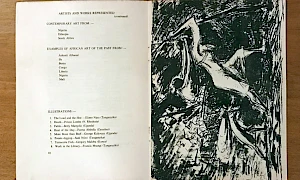
Manifestations of Modernisms – Some thoughts on the histories of exhibitions in the Ugandan context
African Art History and the Formation of a Modern Aesthetic -
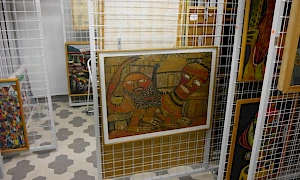
The Nigerian artist Twins Seven Seven in the Iwalewahaus collection
African Art History and the Formation of a Modern Aesthetic -
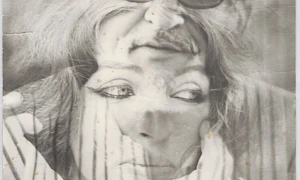
A Place of Belonging – The 'Phantasy Africa' within the Archive of the European Art Patrons Ulli and Georgina Beier
African Art History and the Formation of a Modern Aesthetic -
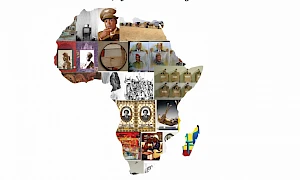
Africa's 1980s: The Intersection of Art, Politics, Economics, and the Social
African Art History and the Formation of a Modern Aesthetic -
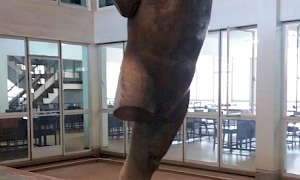
Changes and Developments in Uganda's Modern Art
African Art History and the Formation of a Modern Aesthetic